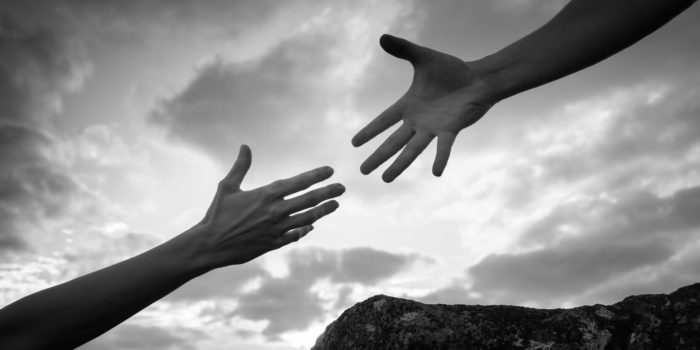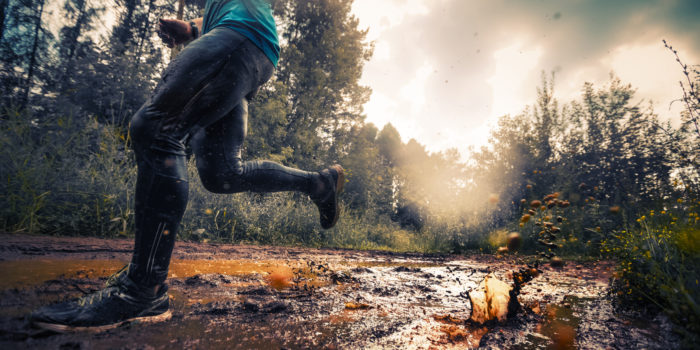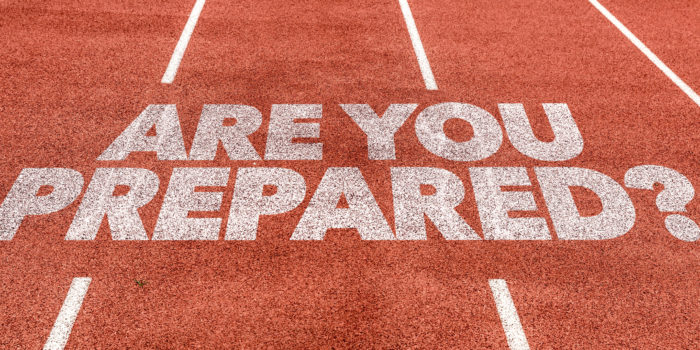Popular running culture tends to reflect the beliefs and priorities of the era that generates it.

Self-Leadership in Healing Trauma
“Out beyond ideas of wrong-doing and right-doing there is a field. I’ll meet you there.” – Jalauddin Rumi
For many people, dealing with the aftereffects of psychological trauma is a fact of life. Combat veterans and their families deal with the painful aftermath of combat; one in five Americans has been molested; one in four grew up with alcoholics; one in three couples have engaged in physical violence. Researchers have shown that survivors of accidents, disaster, and childhood trauma often endure lifelong symptoms ranging from anxiety and depression to unexplained physical pain, fatigue, illness, and harmful “acting out” behaviors. For trauma survivors, seemingly ordinary experiences can inexplicably evoke powerful impulses that can dictate their responses to daily life.
Research has shown how trauma literally reshapes both body and brain, compromising sufferers’ capacities for pleasure, engagement, self-control, and trust. Activities like music, meditation, drama, yoga, and sports involvement offer new pathways to recovery by stimulating the brain’s natural neuroplasticity. Creative therapists are employing exercises that help people focus on bodily sensations because it’s largely through heightened body awareness that past traumas can be renegotiated and revisited rather than relived repeatedly.
Julia Cameron, writer of The Artist’s Way recommends writing morning pages three pages of free association first thing in the morning every day as an informal therapy. I believe that distance running is an activity that can address the physiological roots of our emotions, in part by serving as an emergency “first-aid” measure during times of distress, offering immediate stress relief. In addition, The primal pleasure and pain of running can gradually neutralize the symptoms of trauma by reforming the body and brain for the better. With qualified guidance, the sport can offer a hopeful vision for self-leadership in the healing process.
I love the story of Billy Mills for example. Here he describes how he used the law of attraction to achieve his goal at the 1964 Olympics. This is just a small insight into the mental preparation of an athlete. Visualization, mental imagery, mental rehearsal; there are many terms to describe it but they all circle back to the basic law of attraction. I love this quote by Billy Mills: “The subconscious mind cannot tell the difference between reality and imagination.”
Solitude
The loneliness of the long-distance runner creates a potent field of concentration that empowers the brain, bringing a conscious clarity to mundane thought patterns. Our petty judgments and opinions, the grudges we hold onto, and the stories we tell ourselves are more apt to simmer down, giving objective reality a foothold in our field of awareness. The silence has a quality and a dimension all its own. You can listen to silence and learn from it. When your run takes you outside and above the noise that frays the nerves, you can see yourself clearly, uninfluenced by emotions or personal prejudices. Then you can begin to face things exactly as they are.



